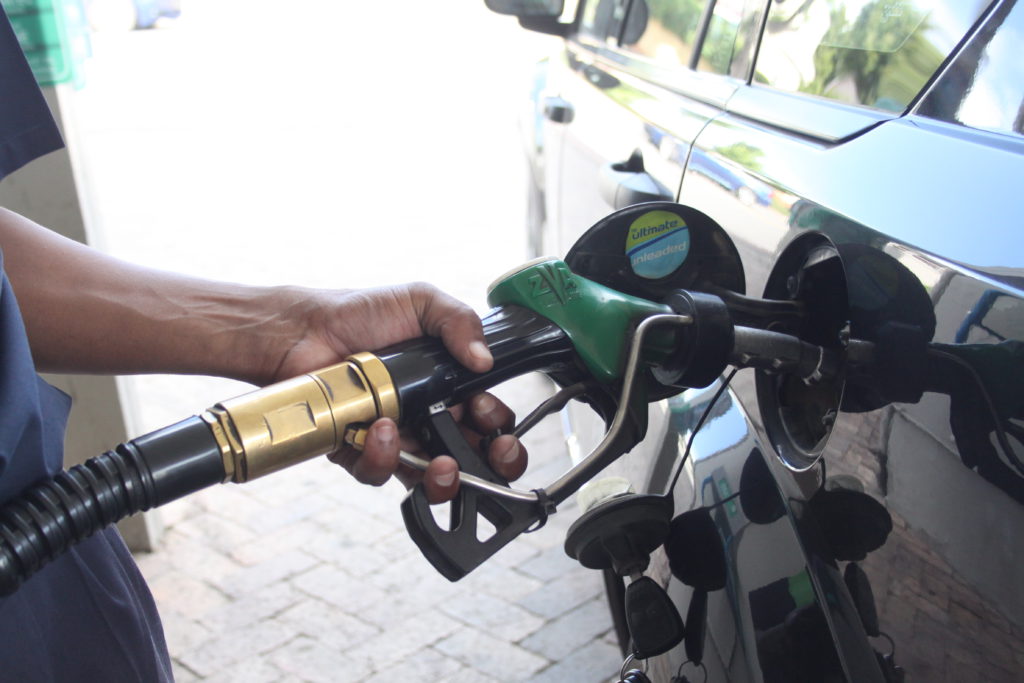An move from 13.23 to 12.20 rands per US Dollar is one of the factors boosting a drop in fuel prices as steep as 30c a litre this month.
The Department of Energy said in a statement the main reasons for the fuel price adjustments were the contribution of the Rand/US Dollar exchange rate and the increase in the price of crude oil.
“The Rand appreciated, on average, against the US Dollar (from 13.23 to 12.20 Rand per USD) during the period under review,” the Department said. “This led to a lower contribution to the Basic Fuels Price (i.e. the import parity price) on petrol, diesel and illuminating paraffin by 52.85c/l, 54.66c/l and 54.88c/l respectively.”
The average Brent Crude oil price had increased from 64.08 USD to 69.11 USD per barrel during the period under review, the Department said. Crude Oil prices had reached a three-year high of $70/bbl several times during January.
“The comments from OPEC Ministers, including Iran, that they would prefer prices nearer to $60/bbl in order to prevent US exports flooding their core markets, suggest that a change in emphasis may be coming and that prices may retreat in the near future.”
Based on current local and international factors, the fuel prices for February 2018 would be adjusted as follows:
- Petrol (93 Octane, ULP and LRP): 30.00 c/l decrease;
- Petrol (95 Octane, ULP and LRP): 30.00 c/l decrease;
- Diesel (0.05% sulphur): 17.00 c/l decrease;
- Diesel (0.005% sulphur): 17.00 c/l decrease;
- Illuminating Paraffin (wholesale): 19.00 c/l decrease;
- SMNRP for IP: 26.00 c/l decrease; and
- Maximum LPGas Retail Price: 23.00 c/kg decrease.
South Africa’s fuel prices are adjusted on a monthly basis, informed by international and local factors. International factors include the fact that South Africa imports both crude oil and finished products at a price set at the international level, including shipping costs.
The fuel prices schedule for the different zones would be published tomorrow, Tuesday, 06 February 2018, the Department said.


